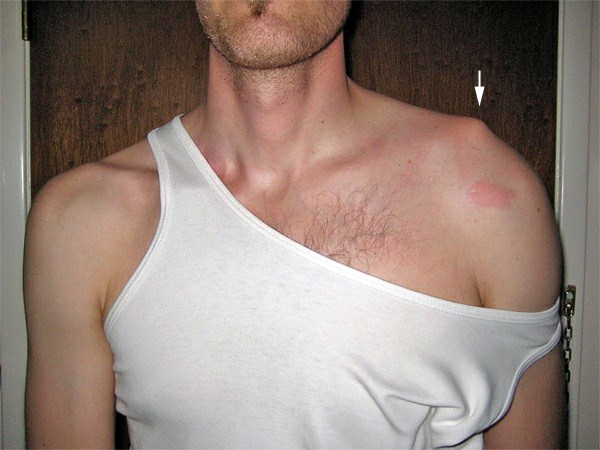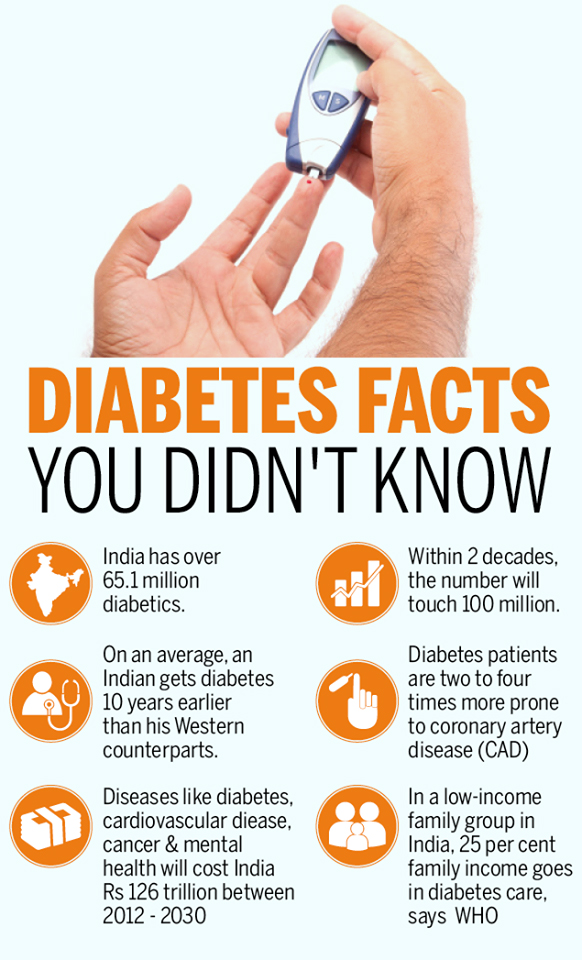Dr. Biplab Dolui
MS (Orthopaedics), AFTS Fellow (Paris), Consultant Arthroscopist, Joint Replacement & Trauma Surgeon
MS (Orthopaedics), AFTS Fellow (Paris), Consultant Arthroscopist, Joint Replacement & Trauma Surgeon
1) Are You Considering Total Knee Replacement?
Total Knee Replacement is considered when:
a) Severe pain when restriction normal activities not only work and recreation
b) Pain not relieved by conservative measure like weight reduction, physiotherapy , medication
c) Joint stiffness and reduce movements
d) X-ray showing advanced arthritis and gross damage to the joint
Knee Replacement Surgery is a safe and cost-effective treatment for alleviating pain and restoring function in patients who do not respond to non-surgical therapies. Knee replacement procedures have resulted in significant restoration of function and reduction of pain in about 90% of patients.

2) Rotator Cuff Tear
A rotator cuff tear is a common injury, especially in sports like cricket or tennis, or in jobs like painting or cleaning windows. It usually happens over time from normal wear and tear, or if you repeat the same arm motion over and over. But it also can happen suddenly if you fall on your arm or lift something heavy.
Your rotator cuff is a group of four muscles and tendons that stabilize your shoulder joint and let you lift and rotate your arms.
SYMOTOMS : You can’t always feel a torn rotator cuff. But in some cases, you might:
• Have trouble raising your arm
• Feel pain when you move your arm in certain ways or lie on it
• Have weakness in your shoulder
• Be unable to lift things like you normally do
• Hear clicking or popping when you move your arm

3) Acromioclavicular Joint (AC) Injuries
Acromioclavicular (AC) joint injury is a term used to describe an injury to the top of the shoulder, where the front of the shoulder blade (acromion) attaches to the collarbone (clavicle). It can be caused by a traumatic event, such as a fall directly on the outside of the shoulder, or by repetitive overuse. AC joint injuries are most common in individuals younger than 35 years of age, with males sustaining 5 times more traumatic AC joint injuries than females. Because younger athletes are most likely to participate in high-risk and collision activities, such as football, biking, snow sports, hockey, and rugby traumatic AC joint injuries occur most often in this population. AC joint injuries can be identified and effectively treated by a physical therapist, often avoiding the need for surgery.
What are Acromicioclavicular (AC) Joint Injuries?
There are 4 ligaments holding the 2 bones of the AC joint (the acromion and the clavicle) together. When an AC joint injury occurs, these ligaments are stressed, resulting in some degree of joint separation. There are 2 types of injuries that can occur at the AC joint: traumatic and overuse injuries.
A traumatic AC joint injury occurs when there is a disruption of the joint due to damaged ligaments holding the 2 bones of the joint together. This injury is called a shoulder separation (in contrast to a shoulder dislocation, it involves the ball-and-socket joint of the shoulder).
Traumatic AC joint injuries are most common in individuals who sustain a fall and land on the outside of the shoulder or onto a hand (eg, a football player who is tackled, a bicyclist who crashes, or a manual laborer who falls off a ladder.
How does it feel?
With an AC joint injury, you may experience:
• General shoulder pain and swelling
• Swelling and tenderness over the AC joint
• Loss of shoulder strength
• A visible bump above the shoulder
• Pain when lying on the involved side
• Loss of shoulder motion
• A popping sound or catching sensation with movement of the shoulder
• Discomfort with daily activities that stress the AC joint, like lifting objects overhead, reaching across your body, or carrying heavy objects at your side.
How Is It Diagnosed?
Diagnosis of an AC joint injury starts with a thorough review of the patient’s medical history, including specific questions regarding when the pain began, and what aggravates and relieves the pain.
Your physical therapist will examine your shoulder and assess different measures, such as sensation, motion, strength, flexibility, tenderness, and swelling. Your physical therapist will perform several tests specific to the shoulder joint to examine the structures located there. The therapist may also ask you to briefly demonstrate the activities or positions that cause your pain. Other nearby areas, such as your neck and upper back will also be examined to determine whether they, too, might be contributing to your shoulder condition.
While an AC joint injury can usually be identified through a shoulder examination, diagnostic imaging, such as ultrasound, x-ray, or MRI is often used to confirm the diagnosis and determine the severity of the injury.

4) Diabetes facts you didn’t know

Diabetes affects both the nerves and circulation which can result in joint pain and disorders developing in a number of areas of the body. In terms of the complications of diabetes, joint disorders tend to get mentioned less than the likes of retinopathy and kidney disease but some of the conditions can be serious.
1) Charcot foot
Charcot foot, also known as Charcot arthropathy and Charcot joint, is the name for a condition which causes the foot to swell and, in progressed cases, deform.
Symptoms of Charcot foot include:
• Swelling or redness of joints in the foot
• Affected foot being warmer than the non-affected foot
• Pain in the affected area will be noticed
Charcot foot can affect any of the weight bearing joints in the foot including the ankle.
Charcot joint can be treated but the treatment takes time, up to several months, typically involving casting the foot and taking weight off it.